Just as preservationists were getting ready to remove two-week old graffiti from one of the pillars of the iconic Charles Bridge, it vanished in the middle of the night. A so-far unidentified white van showed up, and used some form of pressurized liquid to remove the offending image. Meanwhile, the convicted graffiti artists are appealing their sentences.
While putting up the graffiti was obviously illegal, whether or not the unauthorized removal is also a crime is not clear.
Czech tabloid Blesk asked lawyer Michal Stupka whether the mystery cleaner could be charged.
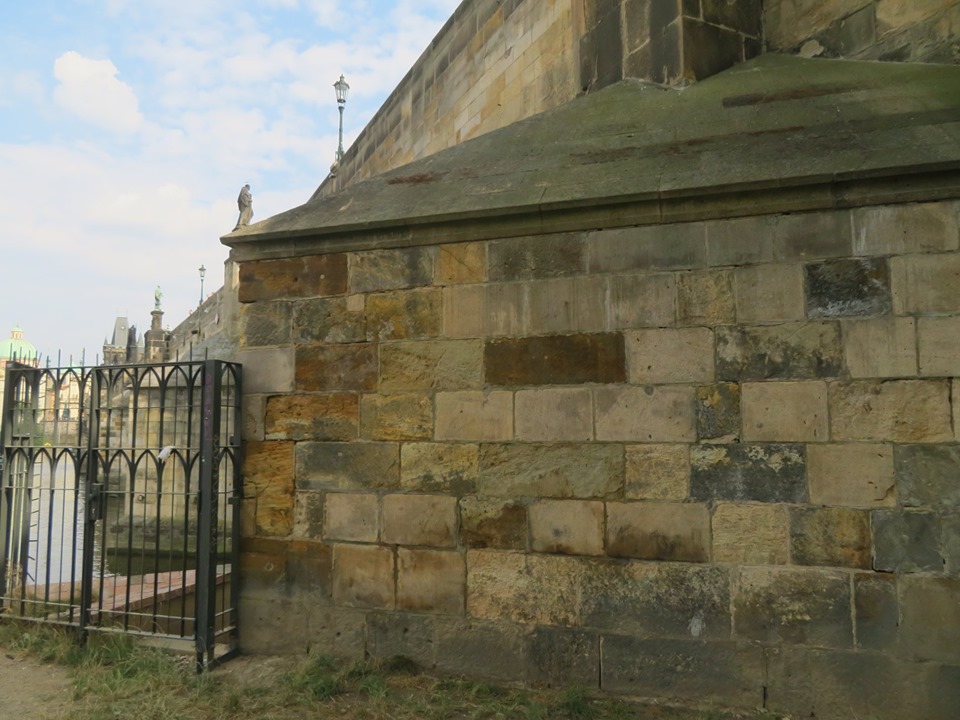
“If they damaged the bridge by their unprofessional intervention, it could also be a
crime. However, if they acted in good faith, I do not think they could be punished for that,” he said.
So far, a criminal complaint has not been filed. Police are looking into it, nonetheless. “We are dealing with this on our own initiative. We are investigating all the circumstances,” Prague Police spokeswoman Eva Kropáčová said. The graffiti was at a remote spot under the bridge, not covered by cameras.
Experts, though, aren’t happy about the surprise cleaning. They claim the removal
was not done properly and left visible traces on the centuries-old stones. The Technical Communications Administration (TSK), which is responsible for roads and bridges, took stone samples to try to assess what solution was used and what the potential long-term damage is.
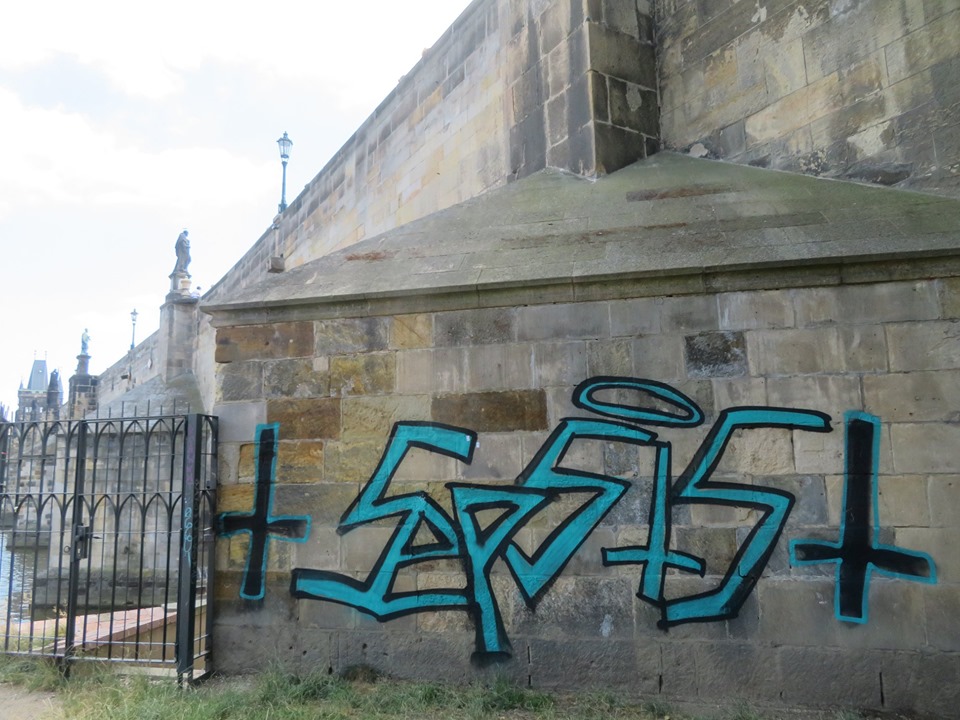
The five-by-two meter turquoise blue and black graffiti was sprayed on the 14th century stone bridge on the night of July 15 by two intoxicated German tourists, aged 23 and 30, who were in Prague to see a rock concert.
The city and conservation experts left the graffiti up while they tried to come up with the best plan for removal, as such a large graffiti image was atypical of what normally has to be cleaned up. Part of the planning has to do with an analysis of the specific paint that was used. Police recovered the spray cans at the scene.
The National Heritage Institute (NPÚ) had just approved a plan to remove the graffiti, and stated that work would take two weeks. Even then, not all traces of the paint were likely to be removed due to the porous type of stone and its age.
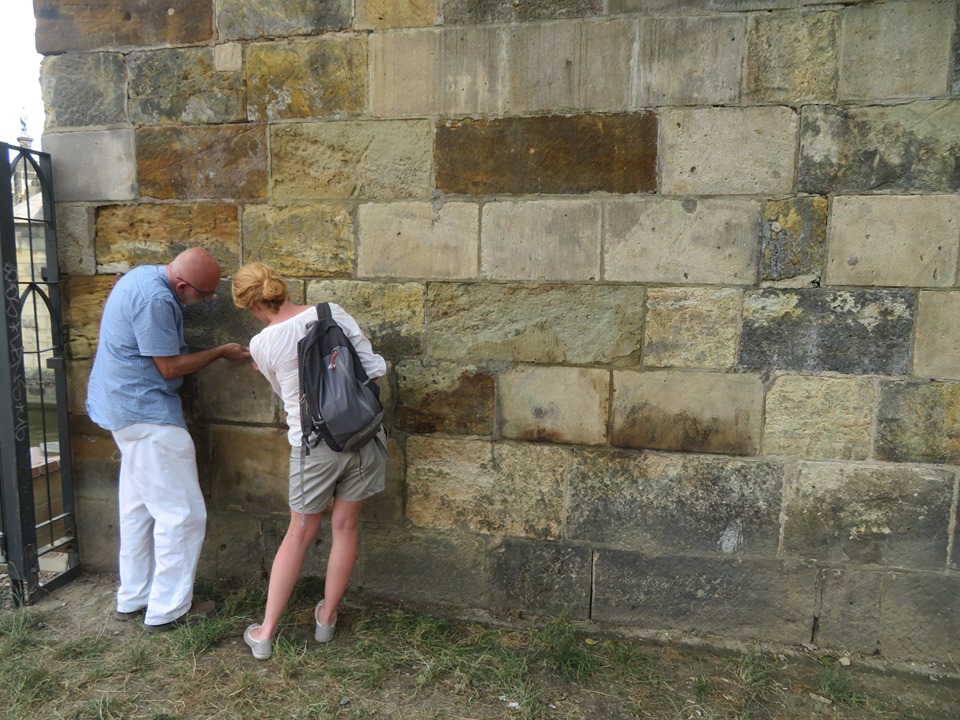
The Technical Communications Administration (TSK), which is responsible for roads and bridges, was to oversee the project. Restorer Jan Mjartan signed an agreement with TSK over the cleaning, which was to be done by hand using a special solvent and a brush.
Work started on Saturday, July 27. That night, someone came and finished the job, but they were not the restorers authorized by TSK. When Mjartan returned July 28 at 10 am, he discovered the graffiti was gone.
A witness saw a white van at the spot at 5:30 am on July 28, and heard an engine that
powered a pressure cleaning tool. The witness, a street cleaner working for Prague 1, did not see how many people were involved or get any further information, as it was not clear that the work was unauthorized.
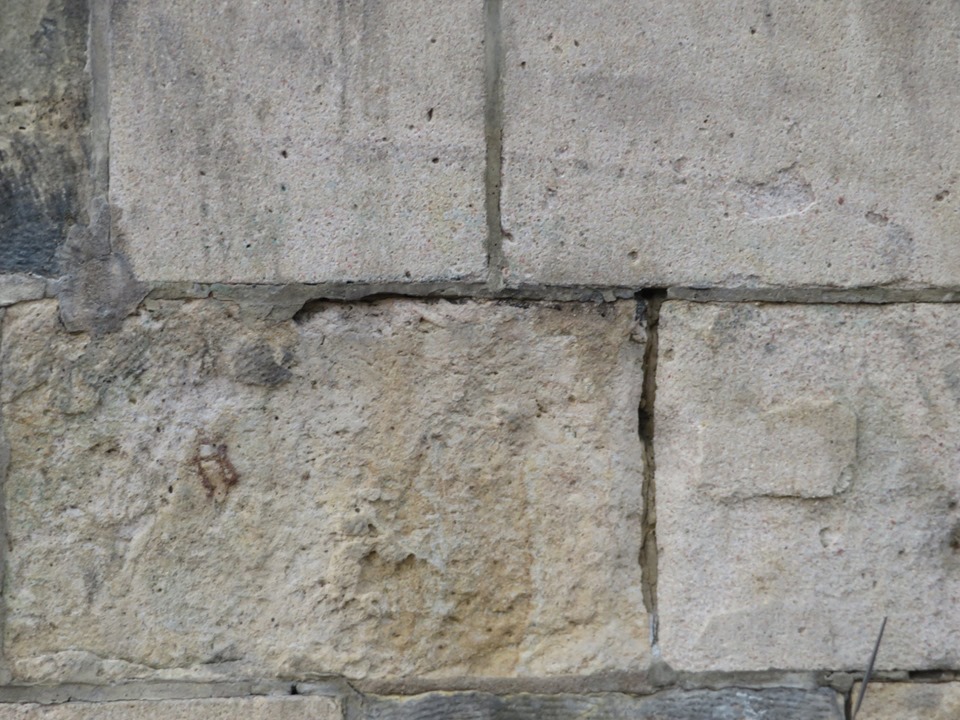
The motive of the mystery graffiti remover is still unknown. It has been speculated that the person wanted to show it could be done in less than two weeks, and that the person perhaps thought the intervention would save the city money.
TSK spokeswoman Barbora Lišková said is too early to determine whether stone has
been damaged. “It depends on the solution used, whether it is one that is aggressive toward sandstone, because each substance behaves differently in contact with different types of stone,” she said according to press reports.
been damaged. “It depends on the solution used, whether it is one that is aggressive toward sandstone, because each substance behaves differently in contact with different types of stone,” she said according to press reports.
“It may be necessary to clean and possibly restore the stone,” she added. That work would be done by Mjartan, the man originally contracted to remove the graffiti.
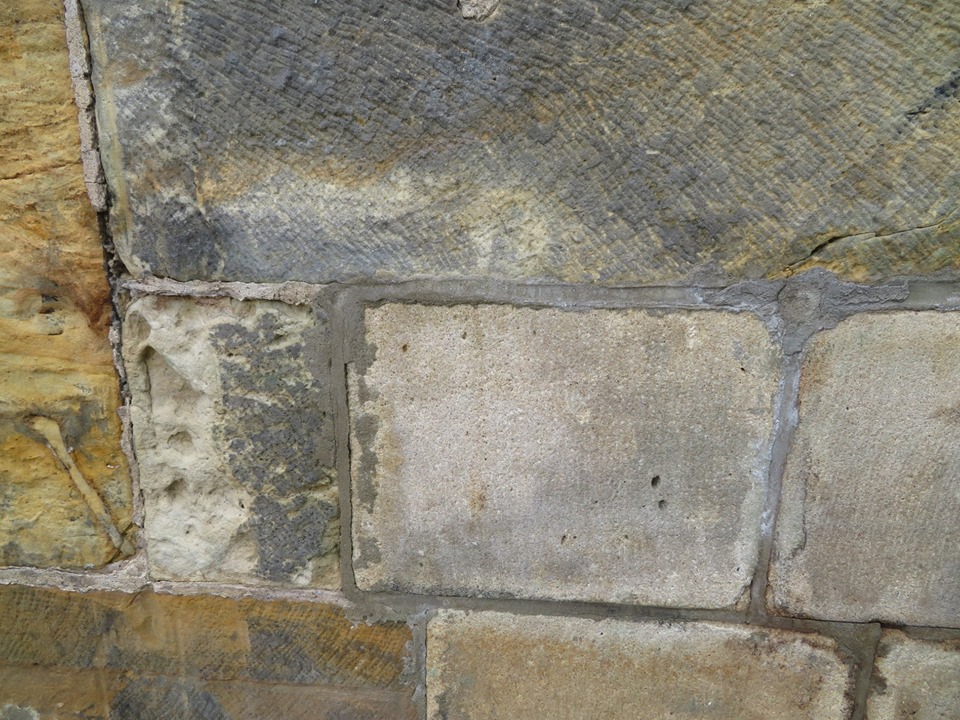
The stone samples taken July 29 will be sent to a lab for analysis, and results should
be back in a few days. It is possible that while no damage is now evident, the chemical traces could prove destructive to sandstone at low temperatures in winter.
The German tourists who were caught painting the graffiti accepted punishment in an accelerated summary proceedings, but they have now filed a lawsuit against the verdict.
They were both sentenced to a one-year suspended sentence, five-year expulsion from
the Czech Republic, and had to pay CZK 40,000 to cover damages and another CZK 100,000 each as a punitive fine. The court accepted their appeal, and a trial will take place in September. The restorer, Mjartan, was to get CZK 40,000 for the two-week removal.
This is not the only graffiti issue the city is currently dealing with. Both Prague 1 and the Knights of Malta are unhappy with the currently situation at the John Lennon Wall, and are planning to restrict unauthorized painting there in the future.












 Reading time: 4 minutes
Reading time: 4 minutes 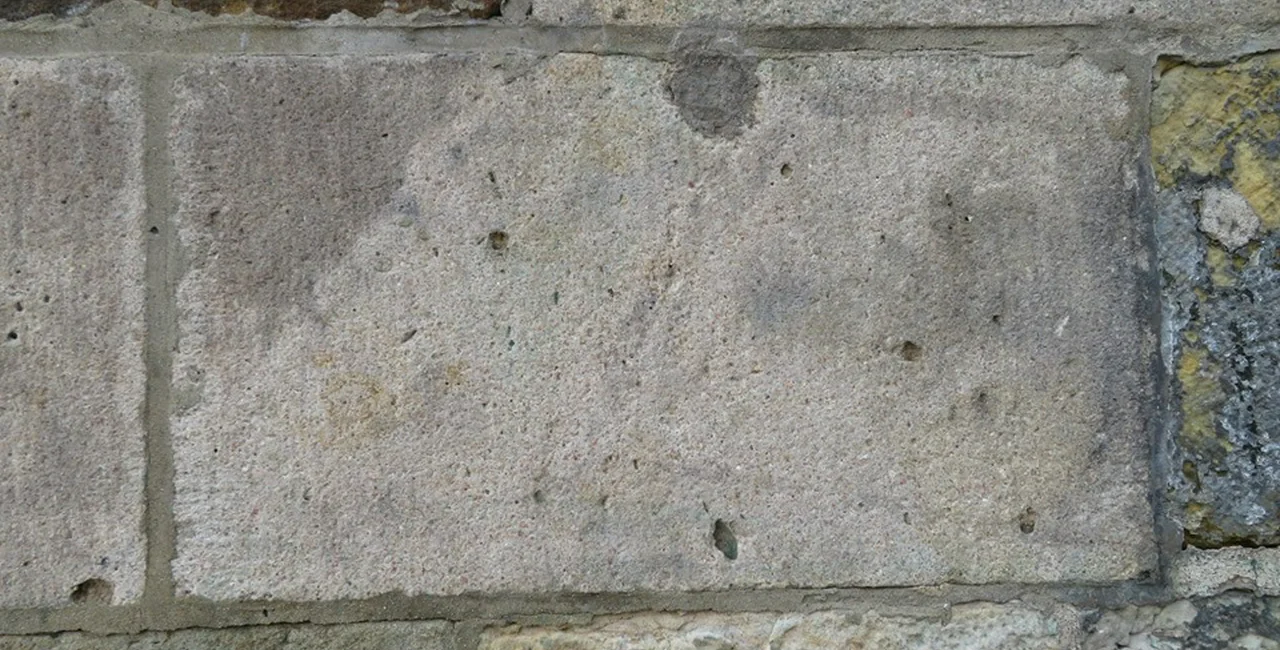


 English
English
 German
German
 Swedish
Swedish
 Finnish
Finnish
 Danish
Danish
 Polish
Polish
 Norwegian
Norwegian
 French
French

























